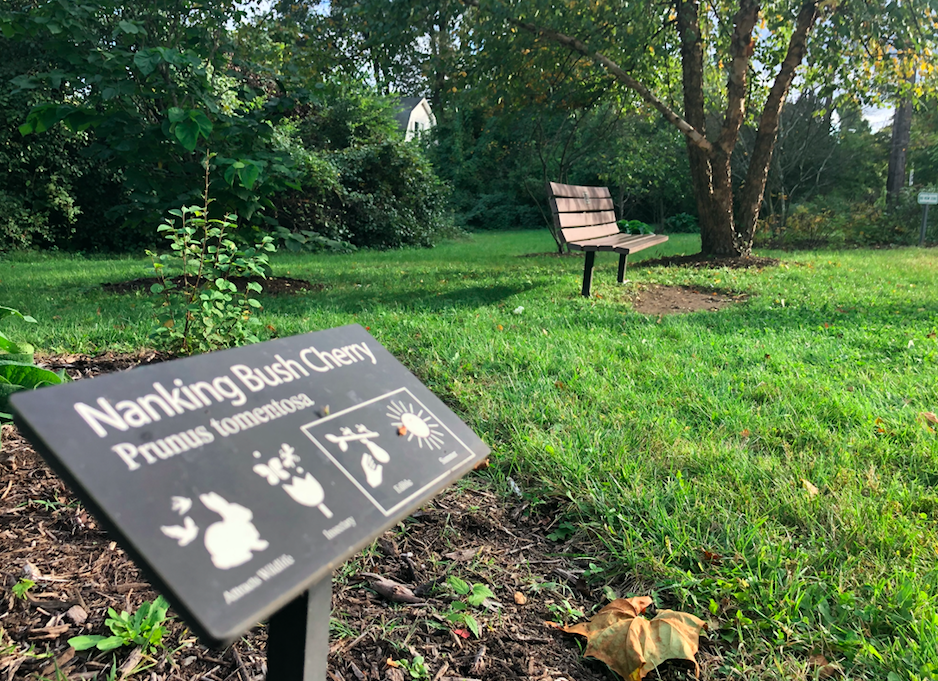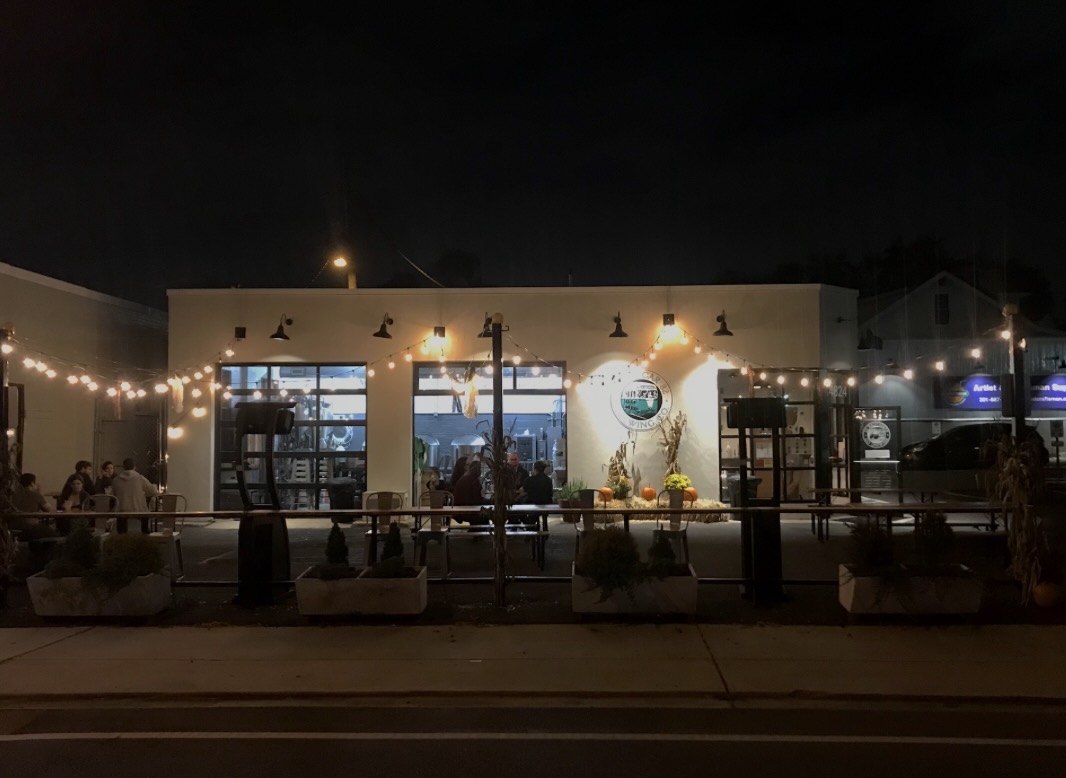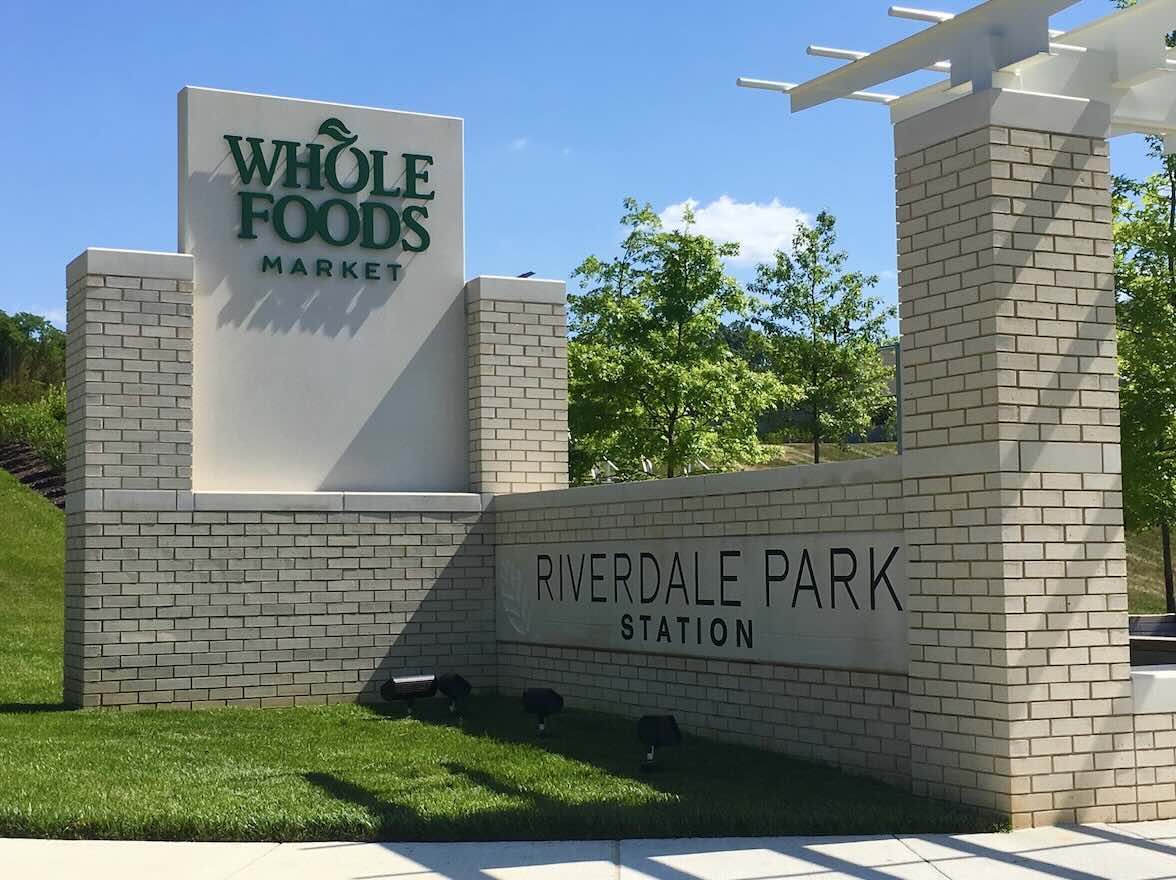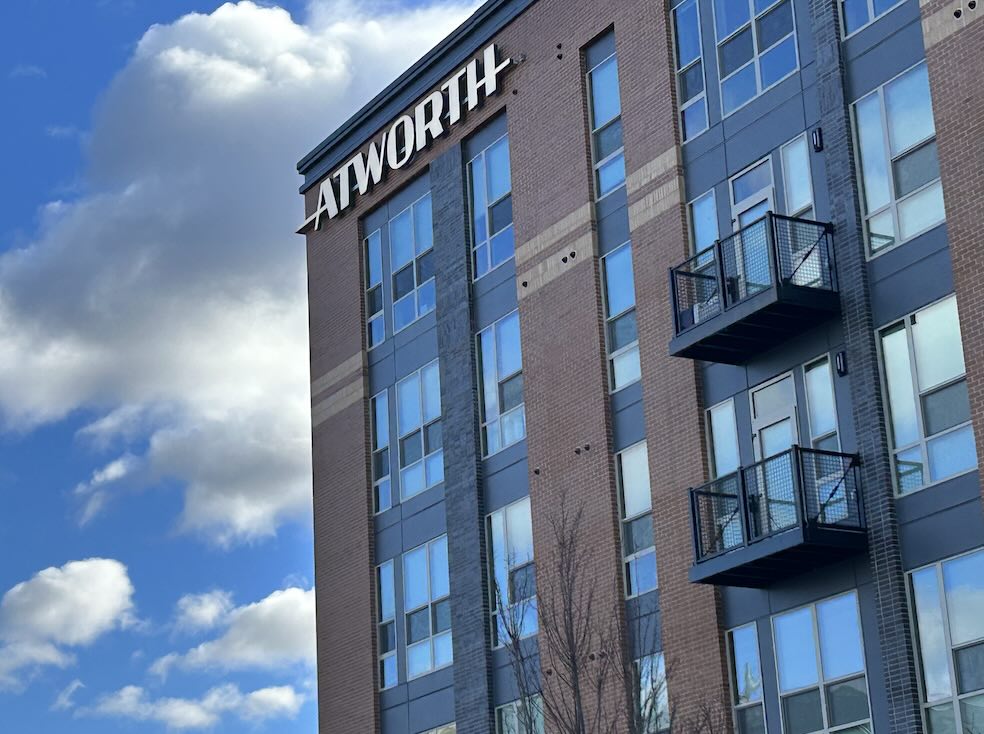
Urban foraging has become increasingly popular on the Route 1 corridor, as residents take advantage of the food that grows in the area.
On a recent afternoon in College Park, a middle-aged couple could be seen strategizing about getting ripe persimmons off a row of trees near the Old Parish House. You can spot people getting pawpaws in Riverdale Park in September and picking mulberries in University Park in late spring, and some say the hobby is becoming more popular during the coronavirus pandemic.
But it’s not just hobbyists any more.
Sangfroid Distilling made gin with an Asian orange foraged from Magruder Park by New Brooklyn Farms. Landscape designer Lincoln Smith, who studied plant sciences at the University of Maryland, runs a firm called Forested that advises landowners on “forest gardens” that produce food that can be foraged.
And Smith has helped three Route 1 cities design “food forests,” small city parks filled with edible fruits and berries.
The city of College Park’s food forest can be found along the Rhode Island Avenue Trolley Trail located between Greenbelt Road and Tecumseh Street and Greenbelt’s food forest is at the Springhill Lake Recreation Center at 6101 Cherrywood Lane.
Hyattsville has the Emerson Street Food Forest at 4515 Emerson St. and the McLanahan Food Forest on the 3400 block of Oliver Street near the Prince George’s Plaza Metro station. And the city is looking for places to squeeze in more, as food forests take much less effort to maintain than traditional landscaping.
There are also a few food forests in Mount Rainier including one at 37th Street Park as well as the new one at 31st Street Park.
Food forests have also become a new trend at schools like D.C.’s Capital City Public Charter School, a natural next step after the recent popularity of school gardens.
Traditional foragers can find the locations of raspberries, blackberries, mulberries and serviceberries; and persimmons, pawpaws and plums along the Route 1 corridor online at Falling Fruit. Apps such as iNaturalist can help identify other plants.
The local food forests also have apple trees, pomegranates, kiwis, elderberries, Nanking bush cherries, Asian pears, red currants, strawberries and cranberry bushes.
















With the pandemic still upon us, I think it would be a good idea for everyone to start a victory garden as they did during WWI and WWII. There has been talk about a possible food shortage coming sometime later in the year .we need to prep as re for this. I personally have a victory garden and I am planning to plant and grow 3 or 4 fruit trees such as apples, figs and others with my vegetables
I waill also be planting berry bushes as well along with a small herb garden for food and for healing herbs.
We have parks and schools not being used at present. Why not start emergency community food gardens as a backup to this impending food shortage. I’d rather be prepared and not need it than unprepared and starve.
Let’s take a lesson from the Bible where Joseph saved Egypt, his family and the surrounding nations by storing the.extra for the times of famine.
Our founding fathers and our grandparents used to practice this with root cellars. Of the pandemic hits again with another wave and takes out the delivery drivers, we will have no one delivering food yo the stores for us th o buy. Surveys have repeatedly shown that without daily delivery to the stores, the shelves could become empty within 3 days. We seriously need to be better prepared and stop counting on the government or someone else to help us. We need to start doing as our forefathers did and do it for ourselves.
For years older black citizens have made small batches of wine and canned fruit from the trees in Hyattsville.